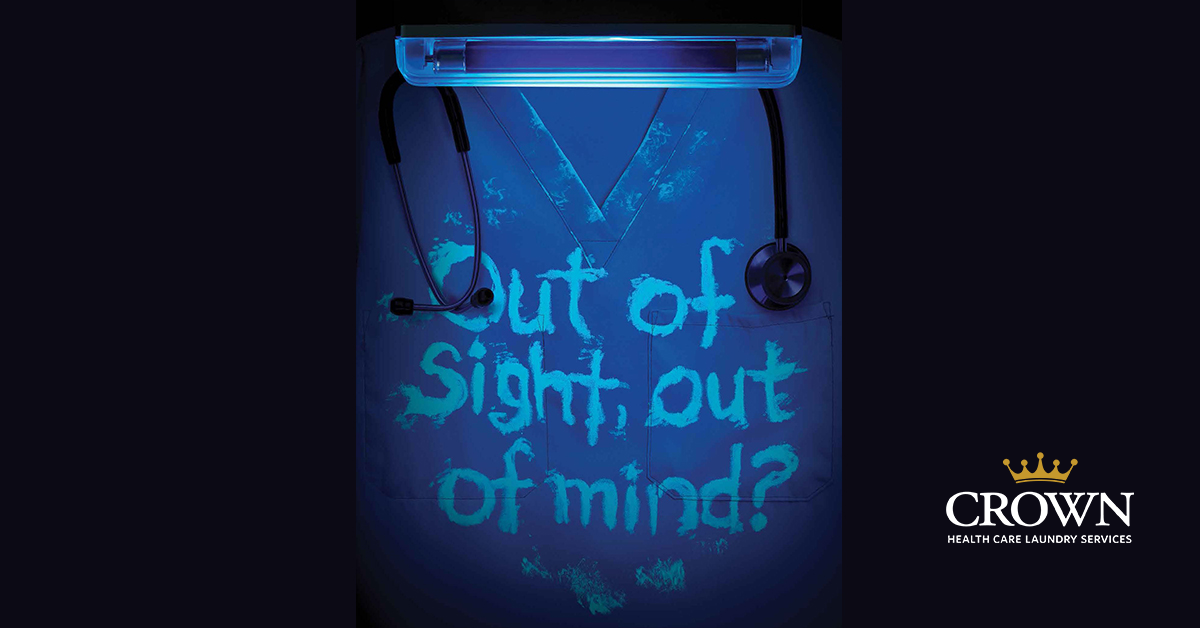
Infection Prevention and Staff Scrubs: The Need for Professional Laundering
In the healthcare field, where patient safety is the utmost concern, it's vital to take every possible measure to prevent the spread of infectious diseases. One aspect that may appear mundane but holds significance is staff scrubs. Let's delve into why ensuring these scrubs are adequately cleaned is so critical.
The Hidden Germs in Home-Washed Scrubs
It may be hard to fathom, but studies show that scrubs washed at home start the day with as many germs as scrubs worn all day. That's a big deal. A 2012 study from Washington State found that nurses' uniforms had an average of 1,246 bacteria colonies per square inch for the day shift and a whopping 5,795 for the night shift. Even scarier, they found MRSA on 70% of those uniforms!
The differences between washing at home and cleaning them professionally go beyond where it's done. The water temperature in regular home washers can be a problem when getting scrubs clean. Most home washing machines, especially the newer energy-efficient models, can't reach the recommended temperatue. And when you wash at lower temperatures, it's less effective at killing bacteria. Some might use bleach to try to solve this, but it's not always reliable.
Professional Cleaning vs. Home Washing
When it comes to home laundering, it's just not as controlled or regulated as what you'd get from a professional linen service like Crown Health Care Laundry. That's why many health associations and organizations suggest having scrubs cleaned by a certified commercial laundry service.
At Crown, we can wash at lower temperatures. Per the CDC, several studies have demonstrated that lower water temperatures of 71°F–77°F can reduce microbial contamination when the cycling of the washer, the wash detergent, and the amount of laundry additive are carefully monitored and controlled. Low-temperature laundry cycles rely heavily on the presence of chlorine or oxygen-activated bleach to reduce the levels of microbial contamination. Based on the soil factor of the item being washed, the combination of sufficiently high-water temperatures, heavy mechanical action, appropriate chemical dosing, and significant pH drop results in hygienically clean textiles. Additionally, the air supplied to the dryers reaches 400 degrees and iron chests are maintained above 300 degrees, further enhancing the Crown's ability to provide hygienically clean linen.
To ensure our linens meet hygienically clean standards, Crown contracts with two independent accredited laboratory companies to collect random samples and conduct Microbial Enumeration Testing, including a RODAC Plate count testing to check the presence of total aerobic bacteria, yeast and mold.
What's the risk of washing your scrubs at home? Well, there's a chance that you could end up spreading germs, according to a white paper by TRSA. Taking your uniforms home could mean you leave traces of bacteria and viruses on surfaces in your home or car before they get cleaned. And it's not just about you; it's about others, too. Even wearing your scrubs in public, like stopping at the grocery store before heading home, could spread infection. A study from France even found that healthcare workers could transmit MRSA to their households if exposed at work.
Crown Health Care Laundry: Your Partner in Infection Control
With evidence regarding the risks associated with home-laundered scrubs growing, healthcare facilities should evaluate their current practices. Many other countries have already recognized this need, mandating commercial cleaning of healthcare attire to ensure infection control. Crown Health Care Laundry Services' dual-accredited cleaning process guarantees that healthcare staff's linens pose no risk of transmitting illness. It's not solely about maintaining cleanliness; it's about safeguarding public health, enhancing safety measures, and fostering trust within your healthcare system.